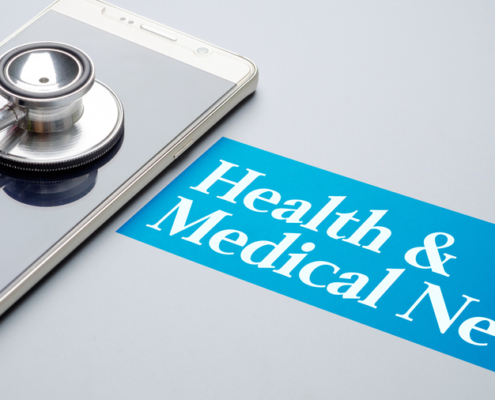
 https://cairntechnology.com/wp-content/uploads/2024/03/Health-and-Medical-News-Image-e1710238063411.jpg
506
1000
Sharon Evans
https://cairntechnology.com/wp-content/uploads/2023/06/Cairn-logo_RGB-compact-3.jpg
Sharon Evans2024-03-12 10:08:092025-11-19 17:59:02A Net Zero NHS: Plans for a Sustainable Tomorrow
https://cairntechnology.com/wp-content/uploads/2024/03/Health-and-Medical-News-Image-e1710238063411.jpg
506
1000
Sharon Evans
https://cairntechnology.com/wp-content/uploads/2023/06/Cairn-logo_RGB-compact-3.jpg
Sharon Evans2024-03-12 10:08:092025-11-19 17:59:02A Net Zero NHS: Plans for a Sustainable Tomorrow





